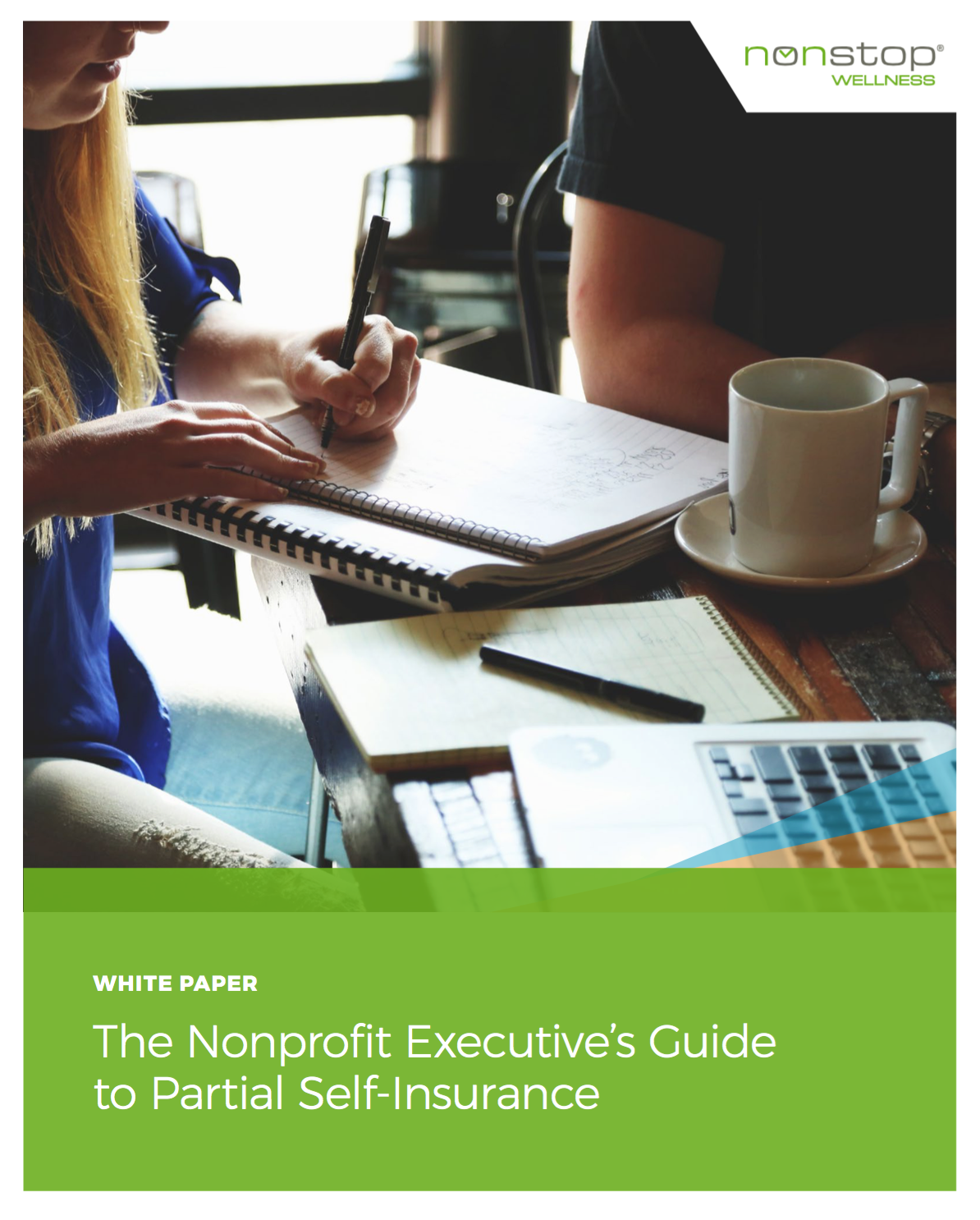What is Partial Self-Insurance?
Partial self-insurance (PSI) is a healthcare model where employers purchase less expensive high deductible healthcare plans (HDHPs) for employees.
The plan utilizes supplementary funds which help pay all out-of-pocket related costs to create a pay-as-used dynamic. Instead of charging the organization 100%, these models that utilize supplementary funds allow for any unused funds to be reinvested back into the organization. For most groups, 30-40% less of the coverage that is paid for in standard plans is consumed. Because of this, a lot of money is wasted on coverage that is never utilized. With the supplementary funds, organizations only pay for what is used which allows massive savings and unused funds to be reinvested into other facets of the organization.

What are the Benefits and Challenges?
Benefits
One of the most important benefits is the cost-savings on both the employer and the employee sides. The most significant saving overall being employee out-of-pocket spending. With the supplementary funds, employees will enjoy reduced or eliminated out-of-pocket costs. For employers, this is a huge positive when it comes to employee recruitment and retention. Organizations with these plans will often discuss how pleased their employees are, which in turn causes them to stay with the company for a longer period of time, and for the company, means less turnover. In addition, as mentioned before, supplementary funding allows for organizations to accrue massive savings and unused funds which can be reinvested into other facets of the organization.
Challenges
One of the larger challenges to partial self-insurance lies with the risk of a catastrophic or high-claims year. If this occurs, the organization may be responsible for the ACA minimum per employee which could deplete reserve funds and dip into funds allocated for other projects. To avoid this, organizations might consider setting a limit to how much of the deductible they cover and put the rest of the responsibility on the employee which could lead to higher turnover.
Learn More
To help guide you on this journey, we've put together a white-paper that addresses these challenges and offers the solutions we provide to help you solve them. To learn more about the benefits, savings, and challenges involved with this approach, check out our Nonprofit Executive's Guide to Partial Self-Insurance.
Ready to explore a better way
to offer health insurance for your nonprofit?
Join our webinar!


.png?width=1501&name=Nonstop_Logo-22-Horizontal%20(2).png)




